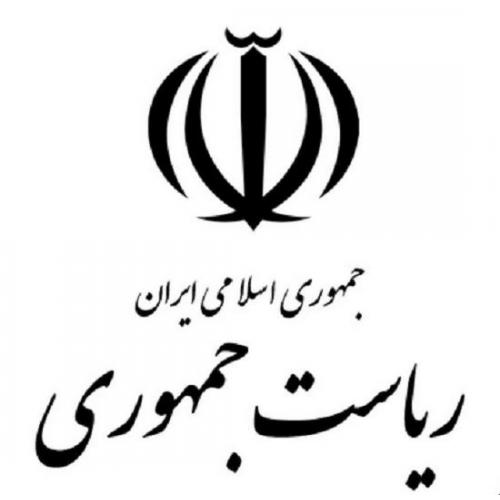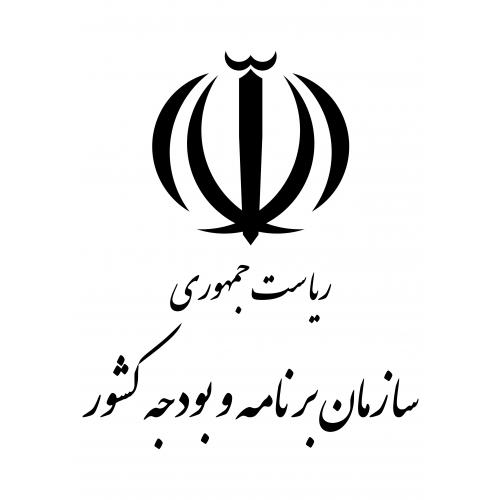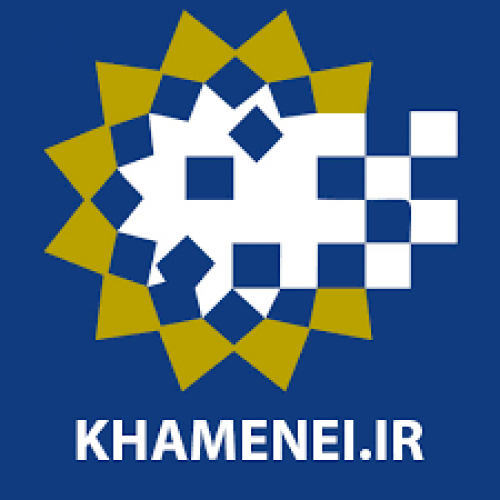
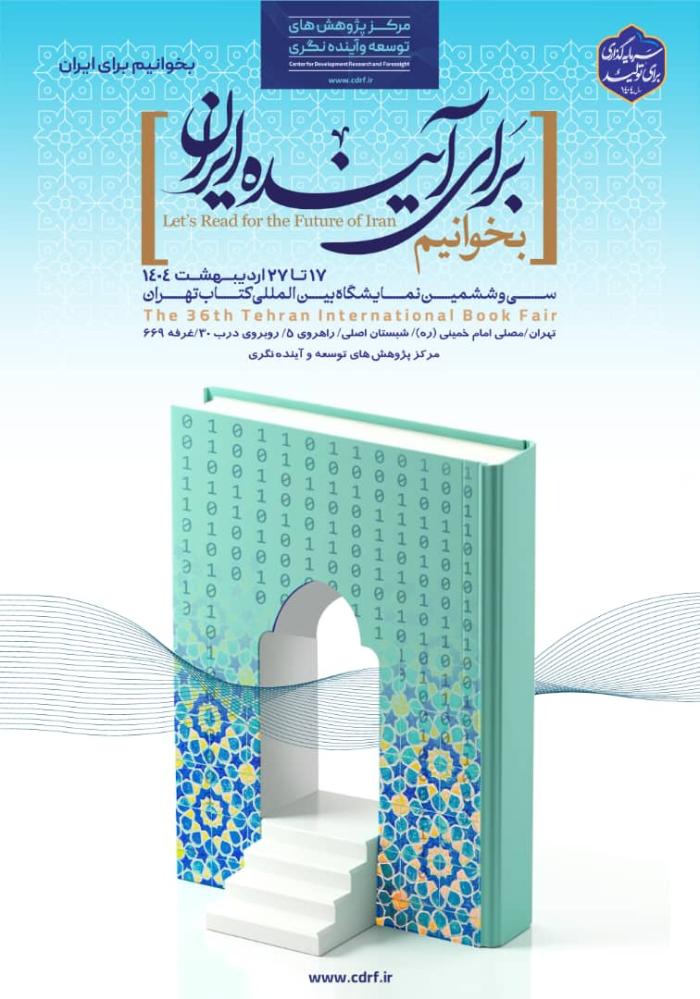
-
بررسی آییننامهها و دستورالعملهای برنامه هفتم پیشرفت
-
بررسی عوامل موثر بر افزایش تصادفات و تلفات جادهای و سوانح رانندگی و دادهکاوی تلفات انسانی
-
سازماندهی و بازآرایی فضایی آموزش عالی کشور
-
به روز رسانی سند ملی آمایش سرزمین
-
انجام مطالعات مناطق آزاد به عنوان نواحی پیشران اقتصادی کشور
-
اصلاح ساختار بودجه و پیاده سازی نظام یکپارچه مدیریت اطلاعات مالی دولت (IFMIS)
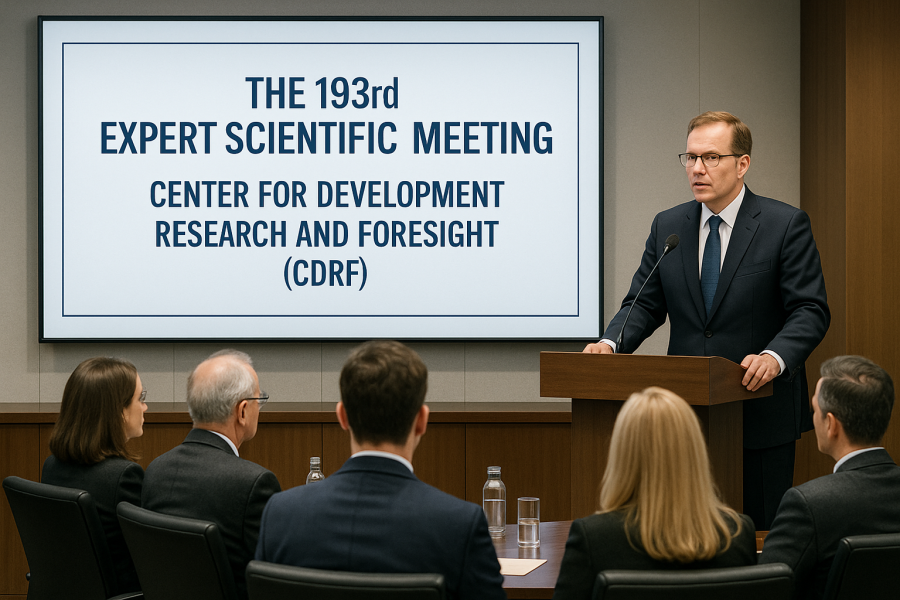
In this meeting, Ali Agha-Mohammadi, Head of the Economic Group of the Office of the Supreme Leader and non-ex officio member of the Expediency Discernment Council of the System, served as the scientific chair of the meeting. Additionally, Maghsoud Farasatkhah, Professor of Higher Education Development Planning at the Institute for Research and Planning in Higher Education, and Seyyed Soroush Ghazinoori, President of the National Research Institute for Science Policy, participated as keynote speakers, presenting their viewpoints.
At the beginning of the session, Mehdi Razpour, Head of the Education Group of the CDRF, introduced the topic and framed the central issue. He stated: “According to the 20 Year National Vision of the Islamic Republic of Iran, by the horizon of the Year 1404 AH (2025-2026), Iran is envisioned to be the leading country in science, technology, and economy within the Southwest Asian region. However, evaluations conducted in the final year of this vision period unfortunately indicate that this objective has not yet been realized. In this context, a pressing question has emerged among experts, stakeholders, and the general public: On what basis are such long-term documents and programs developed in the first place? Over the past 75 years, several other documents have also been formulated and approved in Iran in the form of long-term and medium-term plans. However, how do these documents envision the country’s future and through what mechanisms; and what enforcement guarantees exist to ensure their implementation in Iran? To address this question, we must turn our attention to the critical concepts of foresight. This meeting is therefore intended to explore these concepts in depth, with the participation of esteemed scholars offering diverse perspectives on the subject.”
Later in the meeting, Maghsoud Farasatkhah, Professor of Higher Education Development Planning at the Institute for Research and Planning in Higher Education, emphasized that foresight is an interdisciplinary field. He stated: “Foresight is of critical importance for envisioning the future of Iran. Efforts to chart Iran’s future trajectory must be conducted within an interdisciplinary and transdisciplinary framework.”
He further added: “The future is an informed and scholarly understanding, through which we aim to methodically estimate a range of alternative possibilities. This understanding becomes possible through the establishment of a social platform that enables conversations and participatory discourse.”
While emphasizing that foresight is more of a culture and a process than merely a tool or product, Farasatkhah stated: “When approached as a platform, foresight yields a range of outcomes. Among its most significant contributions are the transformation of mental models, proactive engagement with rapid change, enhanced agility and resilience to surprise, the ability to comprehend alternative futures, and the opportunity to actively participate in shaping the future.”
He went on to identify four key approaches in foresight: “Utilizing trends, events, and the outcomes of social issues; engaging experts and specialists across various national domains; involving civil and local institutions and communities; and incorporating the ideas of intellectuals, critics, and thought leaders.” He emphasized that these approaches must be employed in an integrated and synergistic manner to ensure the effectiveness of foresight.
He explained that foresight and visioning represent a gateway to the future through creative thinking and proactive planning. However, shaping a national vision for the future also requires meaningful interaction and conversation among stakeholders, shared thinking between citizens and leaders, and, on the other hand, a high level of technical expertise.
The Professor of Higher Education Development Planning at the Institute for Research and Planning in Higher Education further stated: “Merely repeating the word ‘vision’ is not sufficient to ensure progress; a clear pathway forward can only be charted through the precise definition and formulation of measurable control indicators. Among the most widely used data in anticipating the future is the identification of key drivers. Drivers such as commodification, mediatization, digitalization, commercialization, increased competition, internationalization, rising expectations and mental imagery among social groups, as well as the status of social capital, are examples of drivers that help inform and shape future trajectories.”
Maghsoud Farasatkhah went on to outline six key steps as serious recommendations for relevant institutions and academic forums. First, he emphasized the need for a thorough evaluation, critique, and pathology of Iran’s past trajectory over the decades since the Islamic Revolution before drafting any future vision. Second, he recommended compiling a list of critics and holding in-depth meetings with them to identify the most critical gaps and risks. Third, he stressed the importance of engaging with Iranian scholars abroad and not overlooking their insights and consultation. Fourth, he proposed a practical initiative: “Organizing an international conference supported by ten expert pre-conference meetings and 20 one-day workshops to facilitate a more comprehensive understanding of the future.” Fifth, he called for systematic documentation and extraction of results from the above four steps. Finally, he advocated for the formulation of a new national vision document grounded in this renewed and innovative approach.
He further emphasized that global experiences—such as post-Nazi Germany, post-Mao China, and post-war Japan—demonstrate that nations that effectively overcame their challenges to safeguard their futures were able to undergo transformative leaps. These nations successfully navigated critical historical junctures by undertaking timely and courageous actions and reforms. Similarly, like other nations, we too will have to bear the costs of change in order to achieve a desirable future, even if we choose to continue along the paths laid out by previous plans.

